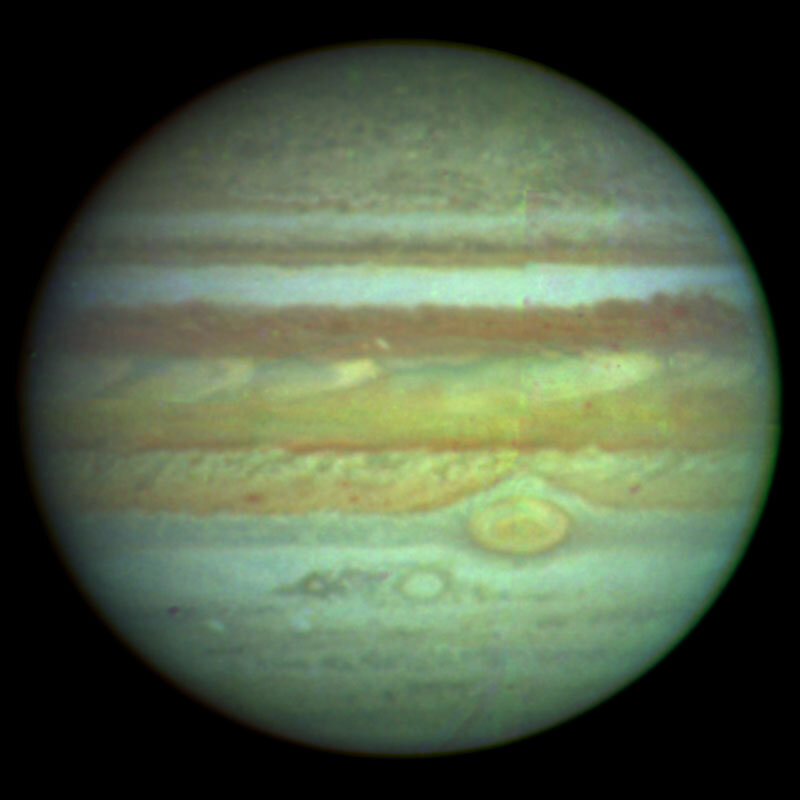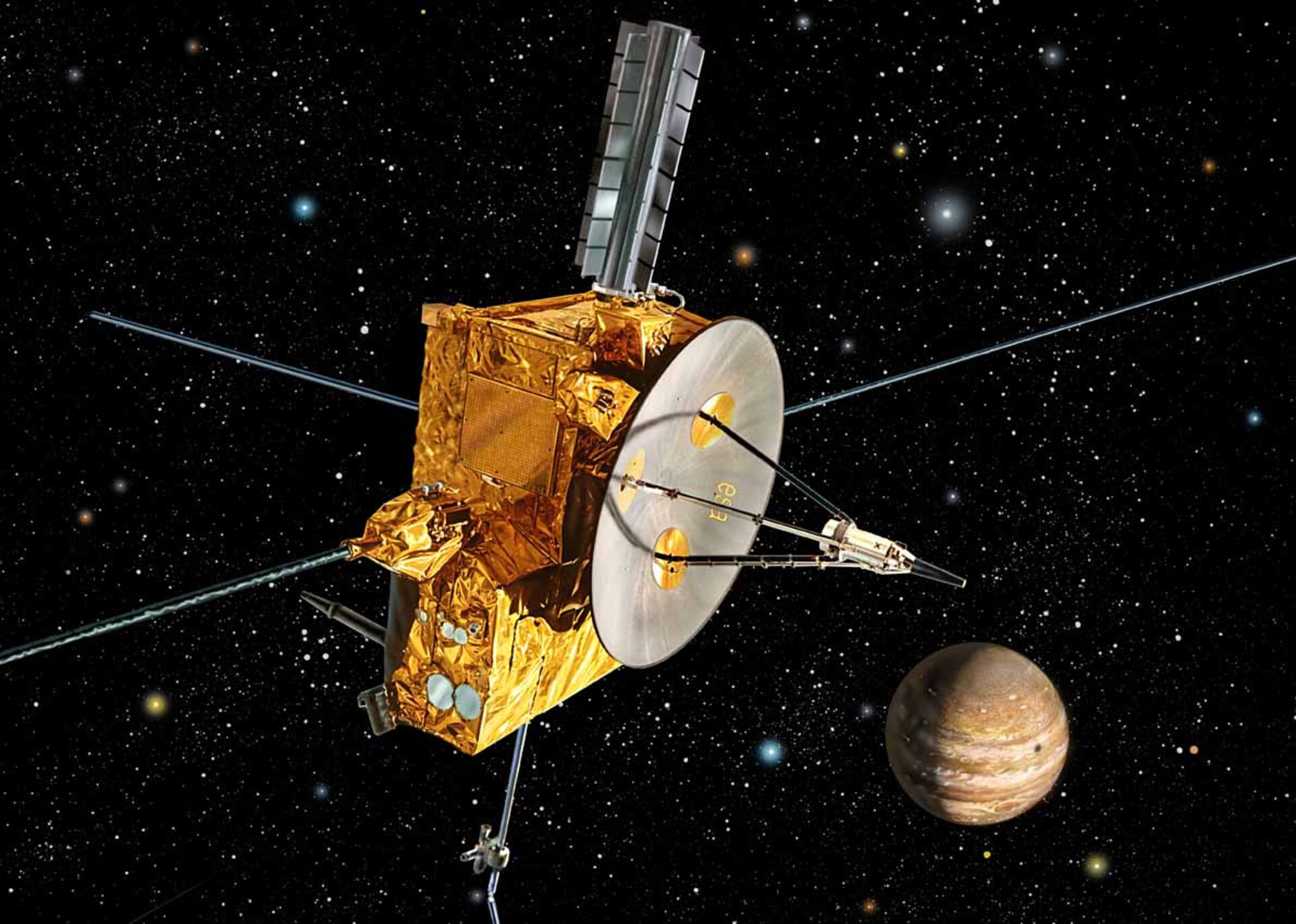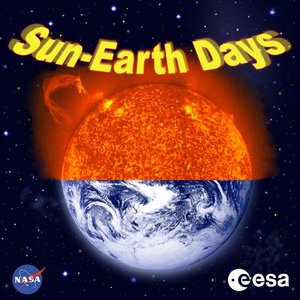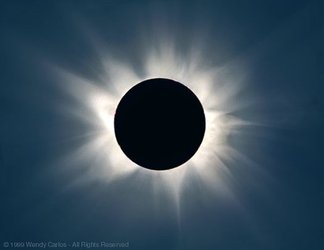Encounter with Jupiter
Jupiter will be the centre of attention over the next few weeks, instead of the Sun, for scientists on the joint ESA/NASA Ulysses mission.
In early February, the European-built Ulysses spacecraft will approach the giant planet for a second time. The first encounter, 12 years ago, had major consequences for the 350-kilogram spacecraft.
Jupiter’s immense gravity field propelled Ulysses out of the ecliptic plane, in a planned gravity-assist manoeuvre that sent it on its way to fly over the poles of the Sun.

From this unique orbit, Ulysses has made ground-breaking discoveries that have changed the way we think about the Sun’s environment. February’s rendezvous will be less dramatic. The closest distance between spacecraft and planet will be some 280 times greater than in 1992, so that the orbit of Ulysses will not be changed.
Nevertheless, the encounter will enable the instrument teams to make measurements that have not been possible up to now. Ulysses will approach Jupiter from high northern latitudes, opening a window on previously unexplored parts of the giant planet’s magnetosphere. This is of particular interest to scientists studying Jupiter’s natural radio emission, since a distinctive type of radio signal is believed to originate in the high-latitude auroral zones of Jupiter.

Back in 1992, Ulysses detected radio signals from Jupiter’s southern hemisphere that had a strikingly repetitive behaviour. Like a lighthouse, the source of these signals sent out bursts of radio waves every 40 minutes.
Unlike a lighthouse, however, these ‘quasi-periodic’ (QP-40) bursts were only present for a few hours, fading away and reappearing a number of hours later.
Although not fully understood, these phenomena seem to be triggered by streams of the high-speed solar wind hitting Jupiter’s magnetosphere.
The team of the Unified Radio and Plasma Wave (URAP) experiment on Ulysses were keen to search for these radio signals coming from Jupiter when Ulysses approached the planet again. By October last year, repetitive bursts were being detected on a regular basis.
"The signals have become even clearer in recent weeks. As well as the QP40 bursts, we are also seeing similar short-duration bursts occurring every few minutes," said Dr Robert MacDowall, Principal Investigator for URAP.
Another phenomena that Ulysses will study are the streams of dust particles coming from the direction of the planet. Dust streams from Jupiter were discovered by Ulysses in 1992, and seen again more recently by similar instruments on NASA’s Galileo and Cassini spacecraft.
The dust grains are no bigger than smoke particles, and are believed to originate from Jupiter’s volcanic moon, Io. Electromagnetic forces within Jupiter’s magnetosphere then eject the particles out of the Jovian system and into interplanetary space, where they appear as streams of dust.










